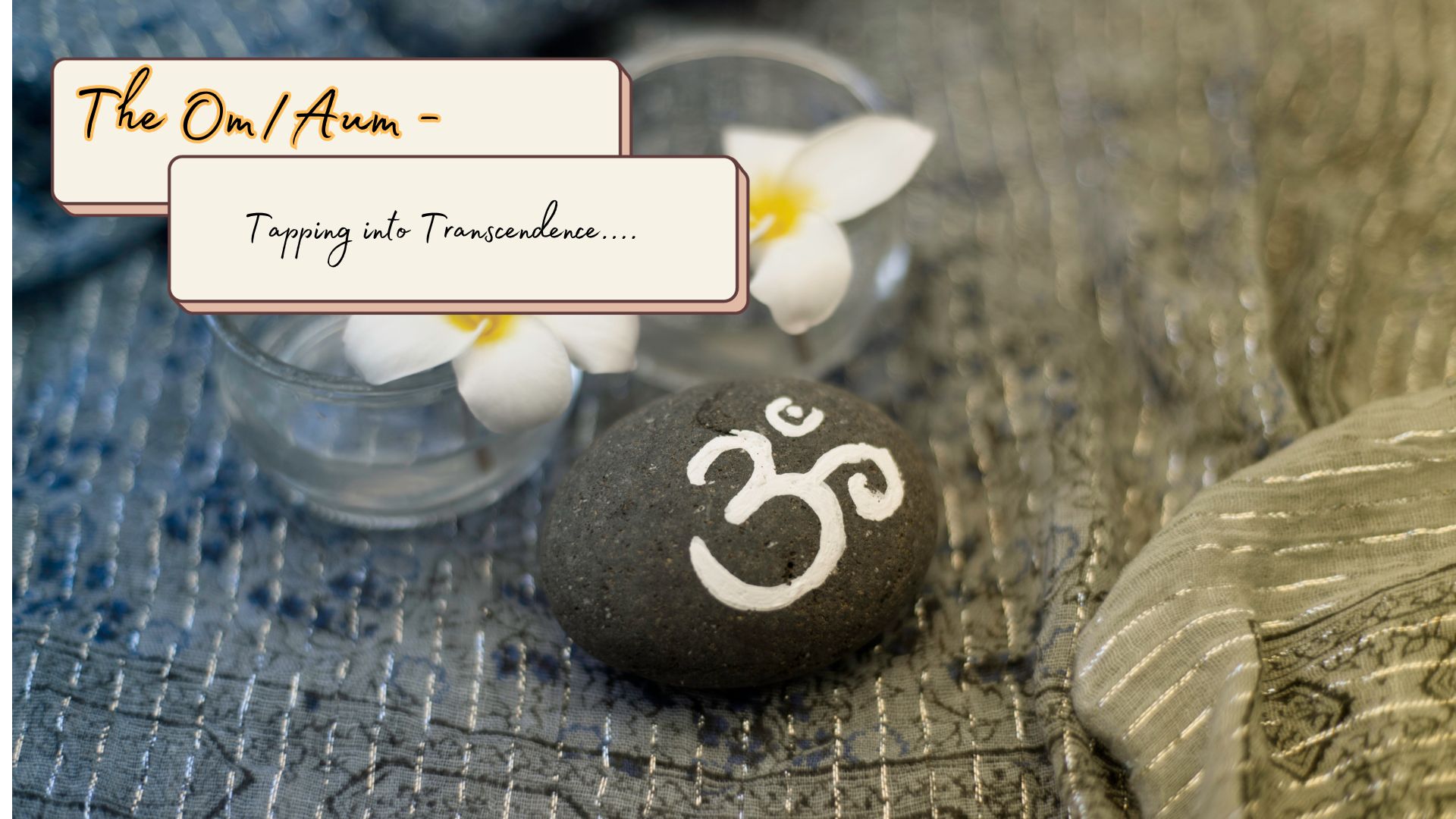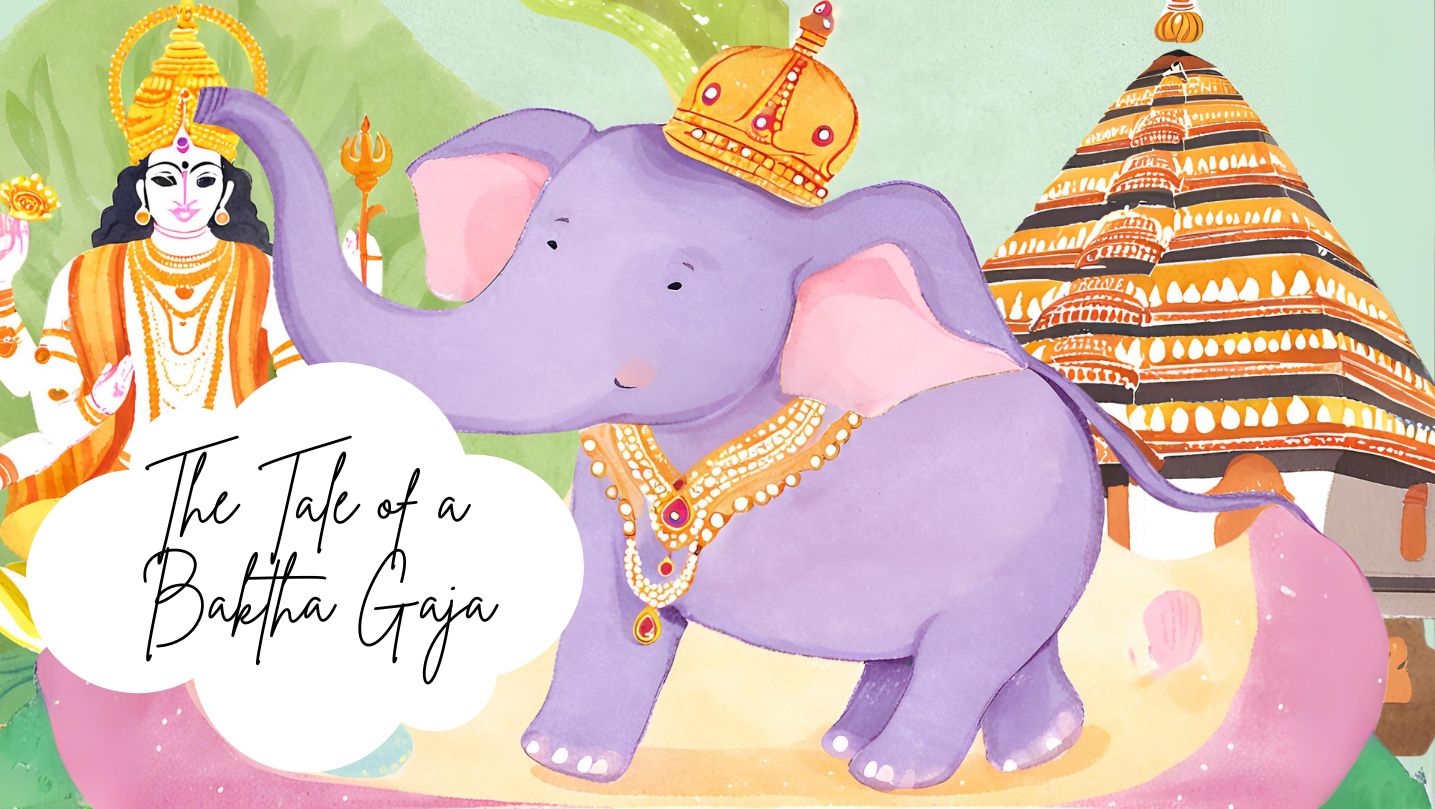
Om, often written as "Aum," is a sacred symbol and sound that holds profound significance in various spiritual traditions, particularly in Hinduism and Buddhism. This timeless symbol, though simple in appearance, carries a wealth of meaning and power that resonates with both young and seasoned seekers of spiritual wisdom.
The Visual Essence of Om
Visually, Om is represented as a beautiful and elegant symbol. It consists of three curves, one semi-circle, and a dot. These elements come together harmoniously, symbolizing the essence of the universe and the journey of the soul.
1. The First Curve (lower curve): This represents the waking state (Jagratha), where the individual experiences the material world and the physical senses are active.
2. The Second Curve (upper curve): This signifies the dream state (Swapna), where the mind is active, and one explores the realm of dreams and imagination.
3. The Third Curve (curve to the right): This represents the deep sleep state (Sushupti), where the individual transcends the physical and mental worlds, entering a state of profound peace and unity.
4. The Dot: The dot at the top symbolizes Turiya, the state of pure consciousness beyond ordinary wakefulness, dreams, and deep sleep. It is the state of enlightenment, bliss, and oneness with the universe.
The Sonic Power of Om
Om is not just a visual symbol; it's a sound, a primordial vibration. When chanted, it resonates through the body, mind, and spirit, creating a sense of tranquility and connection. The sound "Aum" is divided into three syllables:
1. A: This sound represents creation. It emanates from the back of the throat, symbolizing the beginning or birth.
2. U: This sound signifies preservation. It rolls through the middle part of the mouth, representing the life's sustenance and preservation.
3. M: The final sound, "M," represents dissolution or transformation. It ends on the lips, symbolizing the end of life and the return to the source.
When you chant "Aum," you're aligning yourself with the universal rhythm of creation, preservation, and transformation.
Om Beyond Religion
One of the remarkable aspects of Om is its universality. While it holds a central place in Hinduism and Buddhism, it transcends religious boundaries. It's a symbol that speaks to the human spirit, irrespective of one's beliefs. Young readers, in particular, are drawn to its simplicity and the promise of inner exploration.
In a world filled with noise and distractions, the practice of chanting Om can serve as a powerful tool for finding inner peace and clarity. It's a reminder that beneath the chaos of everyday life, there exists a profound stillness and unity that we can tap into.
In conclusion, Om is not just a symbol or a sound; it's a gateway to the deepest aspects of our being and the universe itself. Its significance lies in its ability to guide us on a journey of self-discovery, inner peace, and spiritual awakening. So, whether you're a curious young seeker or someone well-versed in spiritual traditions, the power of Om is there for you to explore and experience, offering a timeless path to enlightenment.
NEXT ARTICLE

In the lush, green heart of Kerala lived an elephant who became a living legend - a tale of an elephant turned into a bakth. His name was Keshavan, bu...

In the early days of cinema, both silent and talkie films thrived on puranas and ithihasas. However, as the years passed, especially by the late 1950s...

Life often presents us with choices that test our resolve, faith, and priorities. Attending the Prana Pratishtha of the Ram Lalla in Ayodhya had alway...